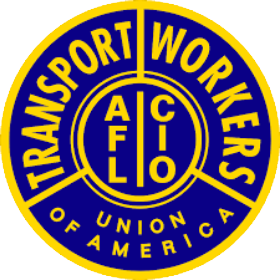July 28, 2015
By NYS Assembly Walter T. Mosley [D-57th District]
LaborPress Op-ed

As this year’s legislative session drew to a close, concern over what to do with the controversial 421-a tax abatement program became one of the most prominent issues facing us as legislative body. We in the legislature have placed a sunset into this legislation forcing Real Estate Board of New York (REBNY) and the Building Trade to come to an agreement on the use of 421-a and setting a prevailing wage or face the programs expiration in six months.
When 421-a was first implemented in the 1970s the economic and physical landscape of this city was much different. A cash strapped city and state government created a financial incentive to entice developers to invest in a city on the verge of fiscal collapse. We face a new change today with this program. The need for affordable housing is more prevalent than ever; as well as the need for well-paying jobs to create a strong middle class. The balance between these two economic realities is as much a philosophical one as well as a fiscal one and its conclusion will change the face of this city in the 21st Century.
I believe that the creation of affordable housing and the ability to pay a fair and decent wage can co-exist. Ever since the ending of the almost 100 year agreement called “the New York Plan” that required any member of the Building Trades Employers’ Association — which represents the majority of the city’s construction managers and contractors — to use completely closed shops with all-union labor, siting competitive economic disadvantages, trade labor has faced a decline in its power to negotiate fair wages.
In the 1970s, non-union construction constituted only about 10 percent of the workforce in New York. Little official data exists on the subject, but according to a recent report in The Real Deal, that figure now hovers around 40 percent. Traditionally non-union workers are paid almost 30 percent less than their unionized counter-parts. That 30 percent undoubtedly would come from the profits of the developers, but the caveat is that they are taking a tax break from the 421-a program. Not having to pay taxes on property for almost 2 years and then gradually increased for the next 34 years. This program will cost the city somewhere in the range of 3.3 billion dollars according to a report released by the Independent Budget Office.
Let me be clear – 421-a is a public subsidy. Developers would argue against this statement because they define subsidies as cash payments to remove some type of burden and is often considered to be in the interest of the public. The alleviation of property taxes, a burden, is money the city and state are forgoing; in essence a cash payment. The creation of affordable housing and living wage jobs is a public good.
Last, but certainly not least, in the ongoing debate between trade labor and real estate development we cannot neglect the voice of the tenant, who at the end of the day will have to live month to month literally with the cost of their decision. I look forward to the coming negotiations between REBNY and the Building Trades and renew my pledge to fight for the hard working families who call, and want to continue to call New York City their home.



